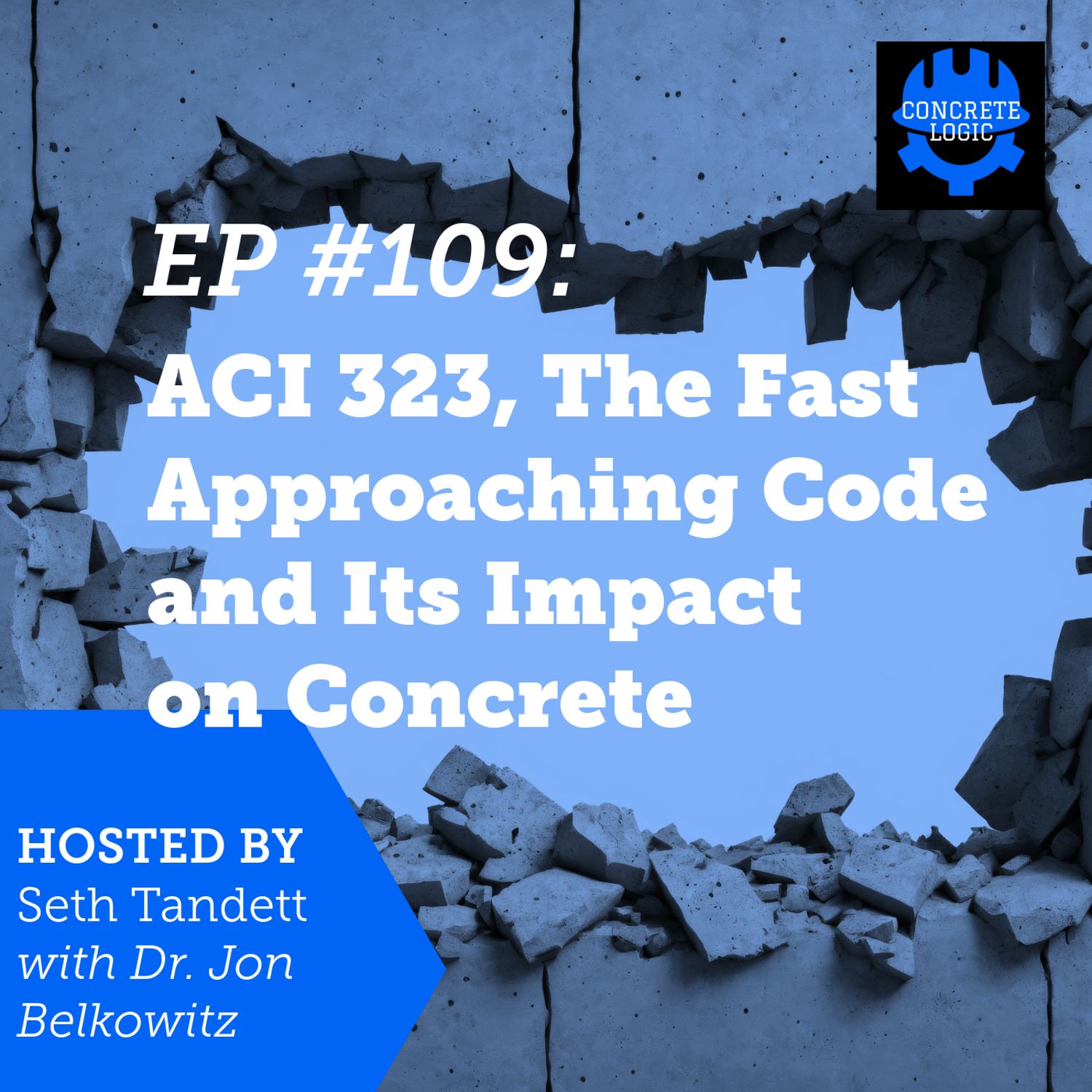A Review of the Brutalist Debate: Sustainability, Aesthetics, and the Missed Opportunity

The Metro Center - Caroline M. Proctor
The debate surrounding Brutalist architecture in Washington, D.C. (paywall warning) has ignited strong opinions, and after reading this article, I can’t help but feel frustrated with the inconsistency in the arguments put forth by many in the design community. We’ve all heard the mantra: concrete is strong, durable, and sustainable. It's built to last, right? Well, if that’s the case, then why is there such a rush to tear down Brutalist structures simply because they’ve fallen out of favor with modern aesthetics?
The article touches on this exact point when it discusses the tension between preserving these buildings and the desire to modernize the city’s skyline. “Some architects argue that Brutalism’s bold, rough concrete forms should be preserved for their historical value,” the article notes. Yet, in the very next breath, we’re told that others see these structures as “ugly relics of the past” and that demolishing them would open the door to more ‘appealing’ designs. Now, this is where it gets problematic.
The crux of the issue isn’t about whether these buildings are attractive by today’s standards—though I think we should all admit that beauty can be subjective. The issue is that the design community is preaching sustainability and climate responsibility, yet the moment something doesn’t fit the current aesthetic, we’re quick to tear it down. In one part of the article, it’s noted that some in the design world are pushing for these buildings to be “retired” because “they’re too difficult to repurpose.”
And that’s where I call BS.
It’s one thing to say that the structures are difficult to repurpose, but is that really a valid excuse for scrapping them? We live in a world where design should be more flexible, more adaptable to future needs. The problem isn’t that these Brutalist buildings can’t be repurposed—it’s that we’re not designing with future adaptability in mind. As the article states, “there is a divide in the community over how to approach preservation.” Some architects agree that repurposing is possible and could even be a sustainable solution, while others lament that the process is “too complex and costly.”
But here's the thing: shouldn’t we be designing buildings with the flexibility to be repurposed down the line?
Imagine this—an office building designed so well that in 20 years, it could easily be converted into apartments or even a community space. What if we designed data centers that could easily be repurposed into something like Small Modular Reactors (I’m half-joking about that last one, but who knows what the future holds)? The point is, adaptability should be at the heart of design if we truly care about sustainability.
Think about it—if we designed our buildings with future flexibility in mind, there would be far less need to bulldoze perfectly good concrete structures. Instead, we could focus on retrofitting and adapting. The sustainability buzzword shouldn’t just apply to the initial building phase; it should be woven throughout the life cycle of the building. This is exactly what the article touches on when it says, “some architects see the challenge of adapting Brutalist structures as an opportunity, not a burden.”
I can’t help but feel like the design community is failing to see the bigger picture. We’ve spent so long championing concrete for its durability, its strength, and its long lifespan. And now, when faced with the reality of preserving these structures, we’re ready to throw them away just because they don’t fit in with the latest style? That’s a serious disconnect between our sustainability goals and our design practices.
As the article rightly points out, the debate isn’t just about aesthetics—it's about balancing preservation with progress. The problem, though, is that in our push for progress, we’re overlooking the sustainable potential of repurposing what we already have. And that, my friends, is where we really need to rethink how we design for the future.
If we want our buildings to last—not just structurally but in terms of their adaptability—we have to start thinking differently. We need to design with future reuse in mind, and we need to be willing to get creative with how we breathe new life into the buildings we’ve already built. If we can’t figure that out, we’re just paying lip service to sustainability while contributing to a whole lot of waste.











